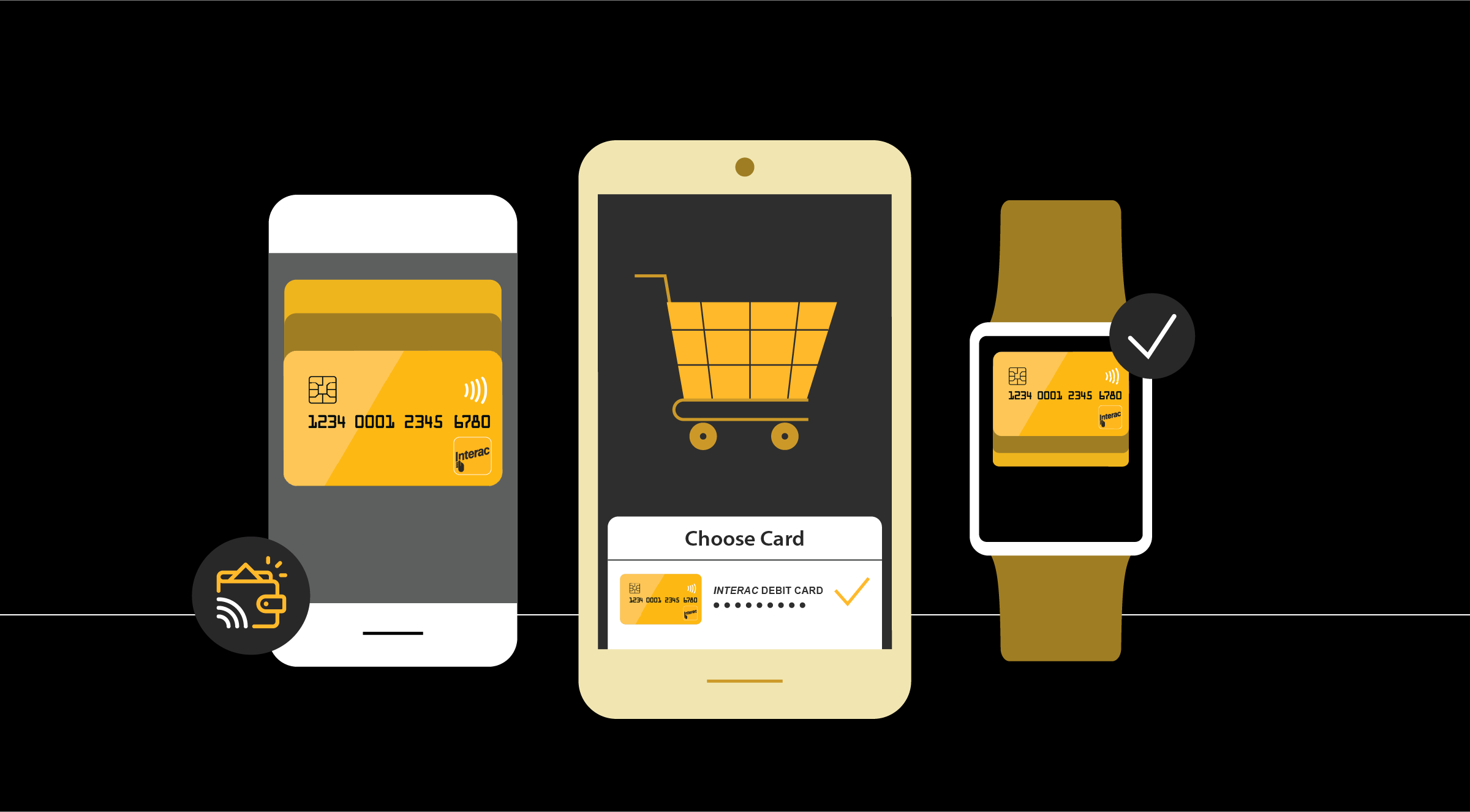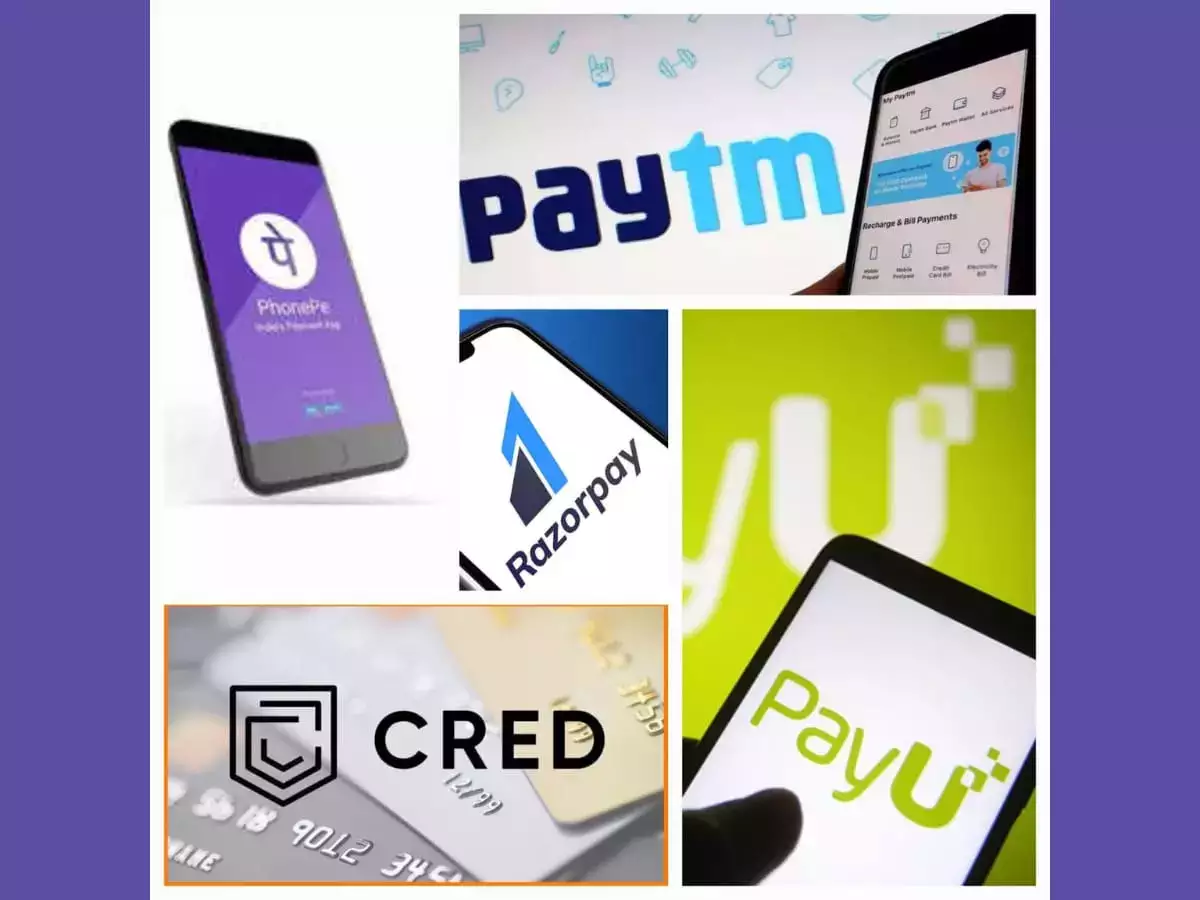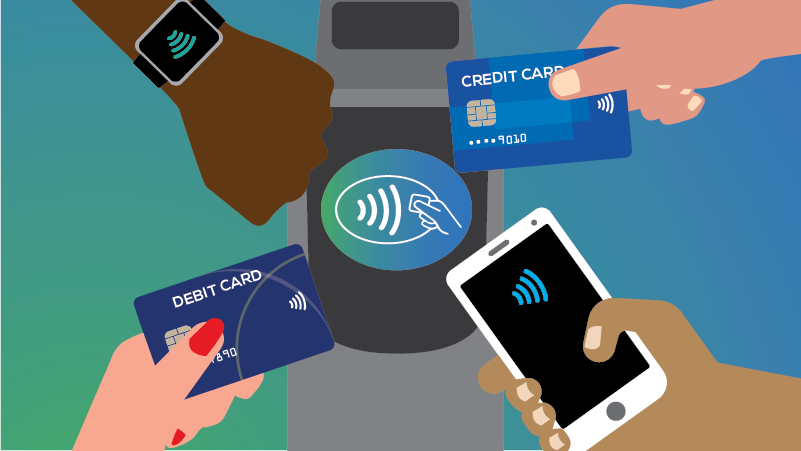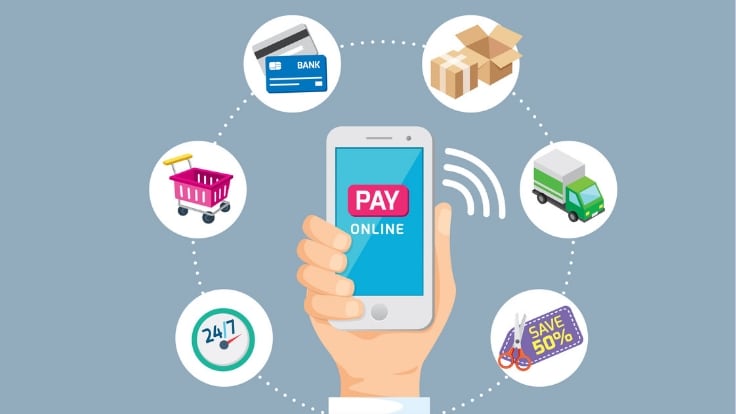Breaches of digital payment platforms have jolted trust in modern banking. Hacking headlines splash across our screens, fueling fears about financial safety. Here, we’re diving into the cracks that let thieves in. How safe is your money, really? Stay with me to map out the hazards and learn how you can bolster your defenses. We’ll probe the latest security flaws, unpack how attacks have grown sneakier, and offer top-notch tactics to protect your pocket. This isn’t just scare talk; it’s your financial shield.
Understanding the Landscape of Digital Payment Platform Breaches
Analyzing Recent Security Flaws in Online Transactions
Imagine buying coffee with your phone. Easy right? But sometimes, bad guys break into the systems we use to pay. They find weak spots to steal money or info. How? By sneaking through tiny holes in online safety, like a mouse slipping into a house.
These security flaws mean our credit card info, names, and passwords can get stolen. Think of it like leaving your house with the door unlocked. Someone could get in without you knowing! When we shop online or pay without touching anything, that’s when we need to watch out the most.
People who steal like this use tricks called phishing. They trick us into giving our details, pretending to be someone we trust. They might say, “Your account is in danger! Click here fast!” But really, they’re the danger. And sometimes, the programs that store our money info, called digital wallets, get hit too. Just like a real wallet, someone can sneak in and take what’s inside.
We trust these payment ways to keep our money safe. When they fail, we all get scared to use them. No one likes to lose money or have strangers take their identity. It’s serious stuff! We want to shop and pay without worry. So these payment guys have a really big job keeping our trust.
The Evolution of Cyber Attacks on Mobile Payments
Phones are like our magic wands for paying. Tap, pay, and go! But what if someone’s watching, waiting to grab our money info as it flies through the air? It happens more than you think. In the past, stealing needed tools like fake card readers. Now, hackers use sneaky software to do their dirty work from far away.
They’re like ninjas attacking in new ways as technology gets better. It used to just be about computers. Now our phones are targets too. Every new pay way has a risk. Hackers are always hunting for a back door.
Mobile payments are super handy, but also super tempting for thieves. Even though our cards have chips and we use codes to unlock our phones, hackers find paths around these protections. They’re smart and always changing their moves.
When bad stuff happens to our phones’ pay systems, called m-commerce, it’s like a spill. It can get messy fast if we don’t clean it up right. And if a business that helps us pay gets hit, it’s not just them. It’s all of us, since we use them to handle our money.
Keeping those payment roads safe is a really big deal. It gets tricky when so many people need to work together. It’s like a team sport where everyone has to play defense. Let’s not make it easy for the hackers. We want our money to travel safe, without any unwanted hitchhikers.
Investigating the Anatomy of a Digital Payment Breach
The Pathways to Unauthorized Financial Data Access
Imagine your money at risk. Scary, right? Now, let’s dive into how this can happen with digital payments. Here, we must understand security flaws in online transactions, which allow cyber criminals to tap into your cash flow. One common way they break in is by exploiting weak points in payment software. These security gaps open doors for thieves to snatch your credit card details, use phishing scams, or install skimming devices.
Now, how exactly does this unauthorized access happen? Simple! Thieves look for the easiest path in. Take for example, not having two-factor authentication. It’s like leaving your car unlocked with the keys in it. Or, if encryption — the secret code that guards your data — is weak, hackers can crack it open. Another risk is using digital wallets without top-notch security, leaving them open to digital wallet hacks.
Case Studies: Vulnerable Payment Software Exploits
Let’s consider real-world examples. One day, everything’s fine. The next, you’re part of the news story about the latest ecommerce payment breach. So, what went wrong? Weak payment software often plays a big part. Hackers target these systems to access heaps of credit card information. Even those fancy EMV chips in your card aren’t bulletproof. Tech-savvy thieves have found ways around them, like EMV chip technology circumvention.
Hackers also craft fake emails or text messages, luring you into traps. When you bite, they gain access to your accounts. This nasty trick is called phishing. It’s not just individual consumers like you and me who face these threats. Big names in finance do too. We’ve seen major financial institutions data breaches splashed across headlines. It’s not just scary; it’s expensive to fix.
And it’s not only about stealing your money. Identity theft in digital payments means someone could be walking around, pretending they’re you. Now, let’s talk about those moments when you’re grabbing a coffee, swiping your card at the POS system. If that system’s compromised? You might as well hand over your wallet.
M-commerce security isn’t bulletproof either. Shopping with your phone is handy but also risky if protections aren’t up to snuff. The rise of m-commerce security incidents shows us we can’t always rely on convenience. And let’s not forget how third-party payment processors – the middlemen in transactions – can sometimes be the weakest link, opening up pathways for threats.
To fight back, patch management for payment software is crucial. It’s like giving your digital defenses a regular health check and booster shot. And if the worst happens, a company needs a good plan. Effective customer notification protocols are part of this. They help contain panic and protect us after security failures.
Securing contactless payment methods and online banking calls for vigilance. It needs smart tech and smarter people watching over every transaction. Stay safe out there. And remember, your money can only be as safe as the systems guarding it.
Strengthening Defenses: Best Practices in Payment Security
The Role of Two-factor Authentication and Encryption
Money must stay safe. This is where two-factor authentication (2FA) saves the day. What is 2FA? It’s a double-check for your identity. You enter a password and then confirm with a second thing. Like a code on your phone. This stops a lot of hacks. Even if bad guys get your password, they can’t get in.
Encryption is also key. Think secret code. It scrambles your data. So, only those meant to see it can. It’s like sending a letter that only your friend can read. Others see just jumbles.
Your credit card details must stay secret. Encryption keeps this info locked up tight. Even if stolen, it’s useless to thieves. Banks use encryption to shield your money online. We need strong, uncrackable codes. Weak ones are like locks that fail to click. High-quality encryption is a must.
2FA and top-notch encryption block most cyber threats. They’re your money’s guardians. But remember, no system is unbeatable. We must stay sharp and update our defenses often.
Navigating the Complexities of Regulatory Compliance and PCI DSS
We must follow rules to keep your money safe. The Payment Card Industry Data Security Standard (PCI DSS) sets these rules. They say how to protect card info. All those who take card payments must follow them. It’s like a playbook for security.
PCI DSS covers many things. It tells you to guard cardholder info. Set up a secure network. It also says to run tests often. These ensure your shields are up. And if hackers strike, you’re ready.
But it can be a maze. New tech can confuse folks. And rules change as threats grow. It’s tricky to keep up. Companies can slip up. They might miss a new rule or two. This puts your money at risk.
Stick to the PCI DSS, and you’re on the right path. It’s your map through the maze. Your guide to safeguarding cash. It’s a big job but worth it. It keeps trust alive. When folks trust, they keep on shopping and tapping cards.
Businesses must check their security systems. They should do this much more than once a year. Real-time checks can catch breaches fast. Early catches equal less harm done. Use encryption and 2FA, follow the PCI DSS, and you build a fortress around your funds.
But, the world of financial tech is always moving. Hackers never sleep. They dream up new schemes by the day. So, we must keep learning. Keep adjusting our shields. It’s a never-ending battle. Yet, if we’re clever and quick, our cash stays snug.
Taking care of your money is the goal. With proper two-factor authentication, strong encryption, and sticking to PCI DSS, we are well on our way. Keep vigilant, keep your defenses high, and your money stays yours. Secure and sound.
Aftermath and Prevention: Responding to a Payment System Breach
Strategies for Containment and Forensic Analysis of Payment Fraud
When cyber thugs hit, quick action is vital. Let’s say your payment system faces an attack. What now? First, contain. Lock down everything to stop the breach from spreading. Think of it like a digital quarantine. Now, onto digging up clues. We hunt down how the bad guys got in. Did they crack a weak link in our security? We comb through data logs, looking for odd patterns and signs of trouble.
As we find the holes the crooks used, we patch them up fast. We also check for any data they stole. The big goal here is to ensure they can’t come back for a second round. But it’s not just about fixing the gaps. We must answer big questions too. What did they take? Whose info got swiped? We dive deep to find the answers. Only by knowing this can we start to fix things up.
Now, real talk – mistakes happen. Maybe our software was old, or we missed an update. Perhaps an employee clicked a shady link. We own up to the slip, learn, and get better. We teach our team to spot scams, update systems often, and guard every door to our data.
Restoring Trust: Recovery Measures for Financial Institutions and Consumers
After a hit, winning back trust is key – it’s like mending a broken friendship. We get honest with our customers about what went wrong. We tell them straight up what we’re doing to fix it and keep their money safe. Being clear and open with folks helps rebuild that trust we need.
For customers, knowing is half the battle. Talk to them about smart shopping online, watching for phishing scams, and guarding their digital wallets. Simple stuff, like checking their statements and using better passwords can help big time.
As for banks and us tech folks? We have a playbook lined up. Think of it as a guide on what to do after bad stuff happens. We test our systems, train our people, and keep an eye out for crooks.
We also work hand in hand with the law to track down the baddies. Plus, we have rules to follow – like PCI DSS – to make sure we keep card info locked tight. We learn from each bruise and bump, bettering our shields against the next wave of cyber sneakiness.
In our digital world, keeping cash safe is a team sport. It’s about banks, businesses, and everyone playing their part. Together, we make sure the next time thieves come knocking, our digital doors are bolted shut and alarms are set. This way, your money stays where it should – with you.
We’ve looked at how digital payment systems can be open to attack and the kinds of threats they face. From new tricks used by hackers to weaknesses in software, we know keeping money safe online is tough. But we also saw smart ways to fight back, like two-step checks and making sure data is scrambled and hard to read.
In the end, even if a breach happens, quick action and careful checking can fix things. For banks and customers, it’s about being ready and knowing steps to bounce back. Always stay sharp, keep your defenses up, and you’ll be better off against these digital threats. That’s how we make online payments safe and keep our trust in them strong.
Q&A :
What are common types of breaches in digital payment platforms?
Breach incidents in digital payment platforms often involve unauthorized access to the system, leading to the exposure of sensitive customer information such as credit card numbers, personal identification details, and login credentials. Common breaches include skimming, phishing attacks, malware injection, man-in-the-middle attacks, and exploitation of system vulnerabilities.
How can consumers protect themselves from digital payment platform breaches?
Consumers can enhance their protection by using strong, unique passwords for their accounts, enabling two-factor authentication, and regularly monitoring their transaction histories for any unauthorized activity. It is also advisable to use payment platforms that have robust security measures in place and to avoid conducting transactions over unsecured Wi-Fi networks.
What should I do if I suspect my information has been compromised in a digital payment breach?
Immediately change your account passwords and contact the digital payment platform to report the suspected breach. Monitor your financial statements and credit reports for any unusual activity. If confirmed, follow the platform’s guidance on securing your account, and consider adding fraud alerts with credit bureaus as an additional safeguard.
How do digital payment platforms respond to breaches?
Digital payment platforms typically respond to breaches by conducting an internal investigation, working with cybersecurity experts to identify and close security gaps, and informing affected users of the breach along with instructions on how to protect their data. They may also offer credit monitoring services and work with law enforcement during the investigation process.
What is the role of encryption in preventing digital payment platform breaches?
Encryption is a critical security measure that protects sensitive data transmitted during digital transactions. By converting the information into an unreadable format for anyone without the encryption key, it makes it significantly more difficult for hackers to access and decipher the data, thereby preventing or mitigating breaches in digital payment platforms.




